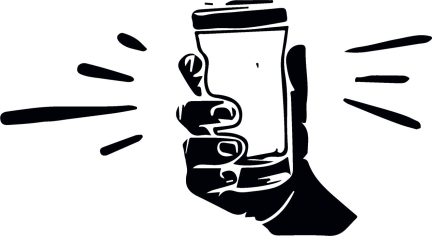Beers around the World: Germany

Oktoberfest is in full swing at the moment, so what better time to explore some of the interesting facts about the beer world of Germany, from the German Beer Purity Law to the diffrent beer styles.
German Purity Law
We all know the basic ingredients of beer: water, malt, hops & yeast, but how did we get here? Who decided on the four (first of three) core ingredients that make up the delicious beverage know as beer?
To answer that we need to look to 16th Century Germany. ‘Gebraut nach dem deutshen reinheitsgebot’ – means “Brewed according to the German Purity Law”. The German Purity Law dictates that all beer styles are made from water, malt (barley), and hops and that all styles of beer are derived from these three ingredients alone. In the late 1860’s this was updated to four ingredients with the discovery of yeast’s role in the brewing process.

German Purity Law
The German purity law emphasized that brewers could only use barley, as the authorities of the time wanted to impose a protection on grains used to make bread, rye & wheat. Both Rye & Wheat were cheaper than Barley and the concerns of the time were that grains that could be used for food would end up in beer. With supplies of grains being limited, this protection was essential in the 16th century.
The purity law also acted as a protection of the local brewing industry. As many foreign beers had wheat, rye, honey, fruit & spices. This made them illegal in Germany and helped to protect the local beer industry.
Beer Mugs – what’s in a Mug?
When you think German beer, it’s hard to imagine it without the accompanying beer Mug.
Although often referred to as a Stein, Maß is the correct term, which itself is an abbreviation for Maßkrug. English speakers often shorten this to simply to ‘Mug’. A beer Stein can only be made of stone.
The Beer Mug came about, like most things, out of necessity.
Germany was beset by plague and in an effort to stop the spread of the plague, an order was put in place that all foodstuffs, including beer where to be covered. This necessitated the creation of a lid that was to be placed over the beer Mug.

Beer Stein’s
While the lid did little to prevent the spread of disease, Today wooden, stone, ceramic and metal beer Mugs are still widely produced but they are sold a souveneirs rather than primary drinking vessels.
What beer is in your Mug?
If you’re at an Octoberfest event, odds are you are going to be trying some imported German beer styles or a locally brewed German beer style, maybe you’ll have the pick of both! Below we have a few of the most popular German beer styles you’ll come across on Oktoberfest.
Pilsners
One of the most popular styles in the world today. The pale lager is one of the most recognised styles in the world. It’s lighter body and the mild bitterness makes it a popular style with all beer fans.
German- styled pilsner has a subtle body, being direr with a hint more bitterness than other pilsners. Look for spicy, floral hop aromas.
Wheat Beer/ Hefeweizen
These beers can be made up of 30% – 70% wheat, with the remainder being barley malt.
Your typical wheat beer contains a lot more protein than you find in barley malt. While lacking in the flavour department, the wheats high levels of protein contribute to long-lasting, thick heads, as well as a silky mouthfeel. Additionally, the protein also adds a haze to the beers.

Wheat Beer/ Hefeweizen
Schwarzbier
A beautifully refreshing German dark beer, this one is not be confused with Gunniess. While you will get hints of roasty bitterness, the Schwarzbier offers distinct bready malt notes, with a light bitter finish.
Kölsch
An easy drinking refreshing ale, the Kolsch has an interesting fermentation process. While the Kolsch is an ale, the yeast ferments at a temperate usually used for lagers. The pale malts complement the herbal, spicy hop aromas, making for an accessible, easy drinking beer style.

Doppelbock
The Doppelbock first came about to help sustain the monks during Lenten Fasting. The style was first brewed by monks at Munich’s Paulaner brewery.
Doppelbocks are rich in flavours, with strong notes of caramel and sugar sweetness. The darker styles include notes of dark chocolate and fruit.
Oktoberfest/Märzen
In the 1500’s, the Bavarian Lawmakers introduced a stop to all beer brewing during the months of April to September. This was in part due to a lack of temperature control in the brewhouse at the time. The summer heat would result in spoilt beer.
Marzen, which means March, got the name from the frantic brewing that occurred before the summertime ban. Brewers had to make enough beer to survive the 5 month period they could not brew in.
With no real hop profile, the Marzen beer is all about the malts. The beers have a clean, neutral yeast profile, and provide a malty, roast driven flavour.

